This NASA/ESA Hubble Space Telescope image features NGC 1672, a barred spiral galaxy located 49 million light-years from Earth in the constellation D
This NASA/ESA Hubble Space Telescope image features NGC 1672, a barred spiral galaxy located 49 million light-years from Earth in the constellation Dorado. This galaxy is a multi-talented light show, showing off an impressive array of different celestial lights.
Like any spiral galaxy, shining stars fill its disk, giving the galaxy a beautiful glow. Along its two large arms, bubbles of hydrogen gas shine in a striking red light fueled by radiation from infant stars shrouded within. Near the galaxy’s center are some particularly spectacular stars embedded within a ring of hot gas.

These newly formed and extremely hot stars emit powerful X-rays. Closer in, at the galaxy’s very center, sits an even brighter source of X-rays, an active galactic nucleus. This X-ray powerhouse makes NGC 1672 a Seyfert galaxy. It forms as a result of heated matter swirling in the accretion disk around NGC 1672’s supermassive black hole.
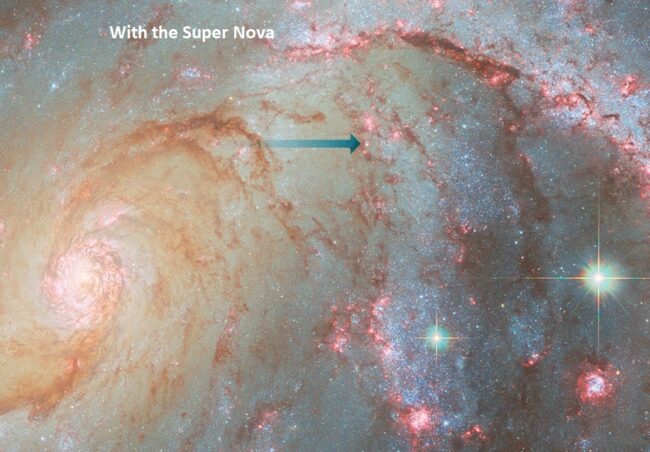
Along with its bright young stars and X-ray core, a highlight of this image is the most fleeting and temporary of lights: a supernova, visible in just one of the six Hubble images that make up this composite. Supernova SN 2017GAX was a Type I supernova caused by the core-collapse and subsequent explosion of a giant star that went from invisible to a new light in the sky in just a matter of days.
In the image, the supernova is already fading and is visible as a small green dot just below the crook of the spiral arm on the right side. Astronomers wanted to look for any companion star that the supernova progenitor may have had, something impossible to spot beside a live supernova, so they purposefully captured this image of the fading supernova.
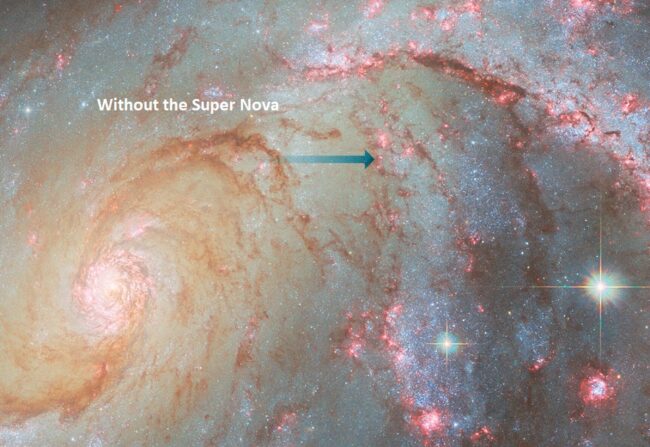
Recently, NGC 1672 was also among a crop of galaxies imaged with the NASA/ESA/CSA James Webb Space Telescope, showing the ring of gas and the structure of dust in its spiral arms. The image below compares the Webb image with Hubble’s image.
Hubble and Webb observations complement each other well, providing astronomers with a wide spectrum of light to study. Hubble’s observations showcase visible and ultraviolet light while Webb’s combine near- and mid-infrared light. Dust absorbs ultraviolet and visible light, and then re-emits it in the infrared.
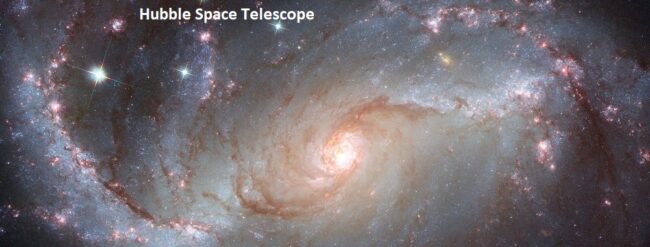
In Hubble’s image, dark dust lanes are where starlight is absorbed. In Webb’s image, we see that dust glowing in infrared light.
In Hubble’s image, younger stars pop out in blue and purple — and appear almost everywhere. In contrast, older stars near the galaxy’s center appear yellowish.
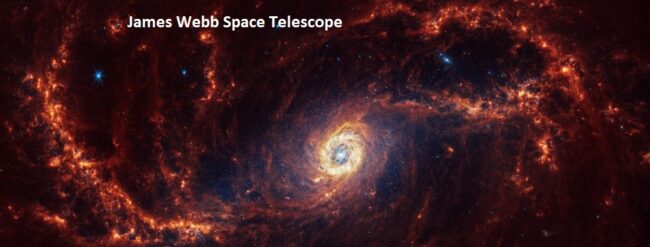
In Webb’s image, newly-fully-formed stars also appear blue along the galaxy’s spiral arms. Those blue stars blew away the gas and dust that immediately surrounded them. Stars that formed farther from the core are likely younger. Orange stars are still forming, and cocoons of gas and dust still encase them.
All Credit To: NASA.gov


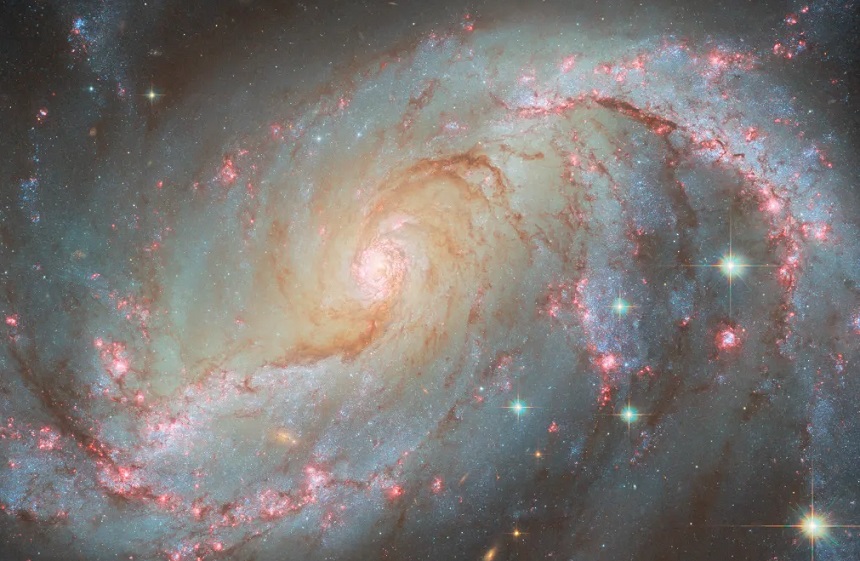
COMMENTS